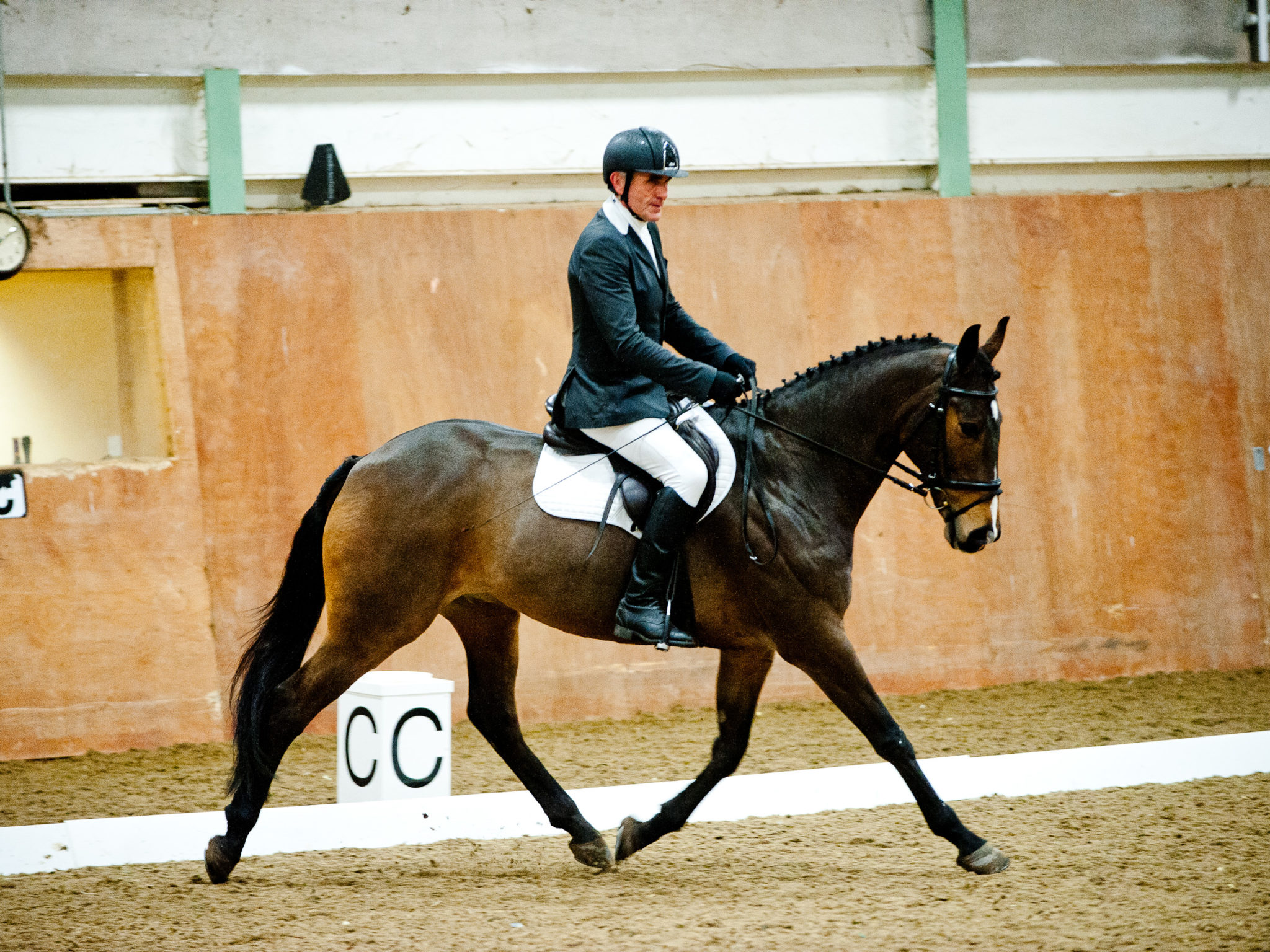
1. Have a lesson on a schoolmaster horse
One of the best ways to increase your comprehension of a particular movement, or improve your flatwork skills in general, is to book a lesson or training break at a BHS approved training centre on a schoolmaster horse. These horses are suitably experienced so that you can learn how it feels to perform a movement in the right way. Many wise schoolmasters will not respond as to your aids unless you have asked the question of them correctly!
2.Write for a dressage judge
If you write for a dressage judge, you will find it invaluable to your own riding and competition. When you are having a lesson, you generally work on improving your horse, so you are not necessarily concentrating on the actual elements of a test, particularly simple movements like centre lines and square halts. Writing for the judges really helps you to understand what they want, and also gives you the opportunity to see lots of tests being ridden.
3.Analyse your riding
It is really beneficial to watch yourself riding – a simple way to do this is ask a friend to film you performing your dressage test, or schooling at home, with a smart phone. It’s useful to have a benchmark of your riding, in terms of your position and performance. If you retain video footage, you can refer back to it every six months or so, and view it with your trainer. Watching yourself riding and identifying areas for improvement is one of the most powerful training tools available.
4.Have a lunge session
Lungeing isn’t just beneficial for beginners – riders of all levels can brush up on their basic position and improve their balance and seat. It is also a good way to improve the horse’s own balance and coordination, and make sure you are riding positively forward and not just concentrating on an outline. Ask your instructor for a lunge lesson, or if you have a proficient friend, ask them to lunge you.
5.Impress the judges on the day
Think about the basics – no matter what level you ride at, remember the judge is first and foremost marking the quality and purity of the horse’s paces, e.g. rhythm and balance, suppleness and flexibility of the body. Don’t try and ‘hold the horse in’ – work your horse freely forwards, as this is better than being cramped and restricted, and held ‘on the bit’. Learn the test properly, even if you have a caller; you will have extra confidence in the arena. Remember to ride accurately – turns should be ridden from marker to marker, circles should be symmetrical and round, and your centre line must be straight.
6.Get out and about to watch the top riders
Look out for flatwork clinics that you can spectate at; they often feature leading trainers and provide good value for money, as well as a chance to socialise and swap tips. It is also inspiring to watch top-level riders riding, if you can get to any championships and demonstrations. Another way to get out and about is to groom for a friend, or your instructor – aside from picking up some riding tips, it is also good experience to see how other competitors prepare for an event.
Click Here to see our wide range of great holidays and training breaks.





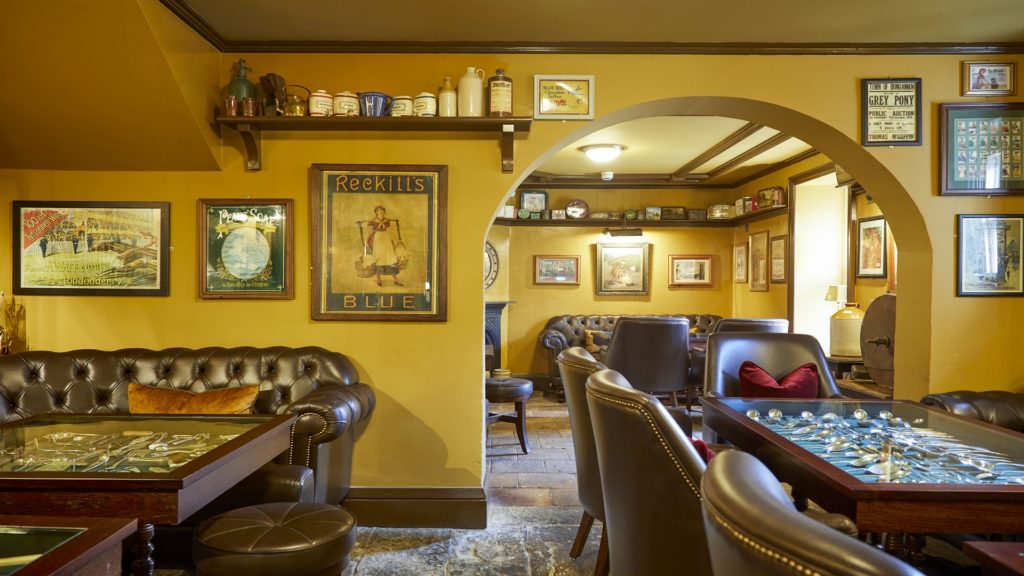
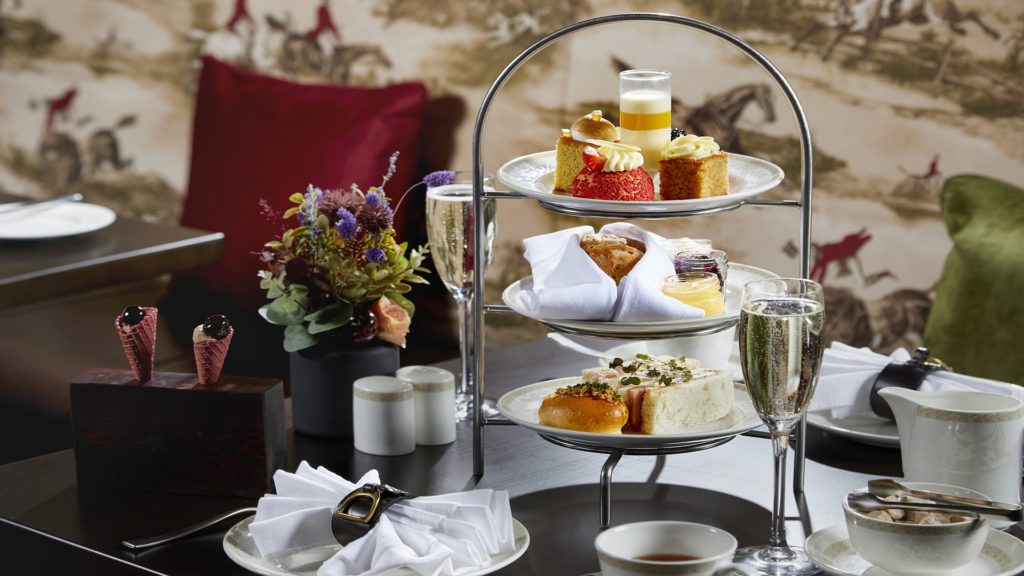

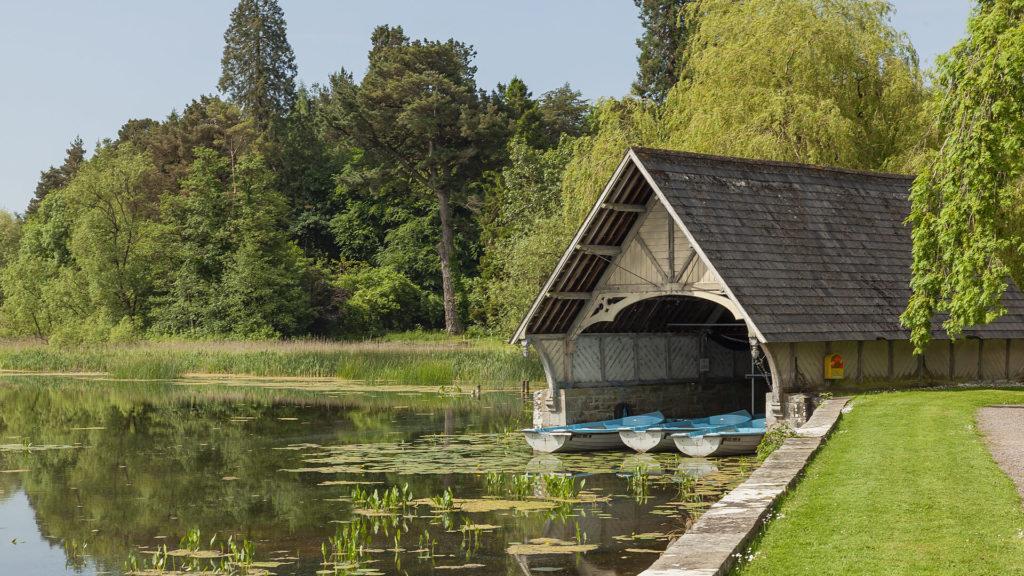


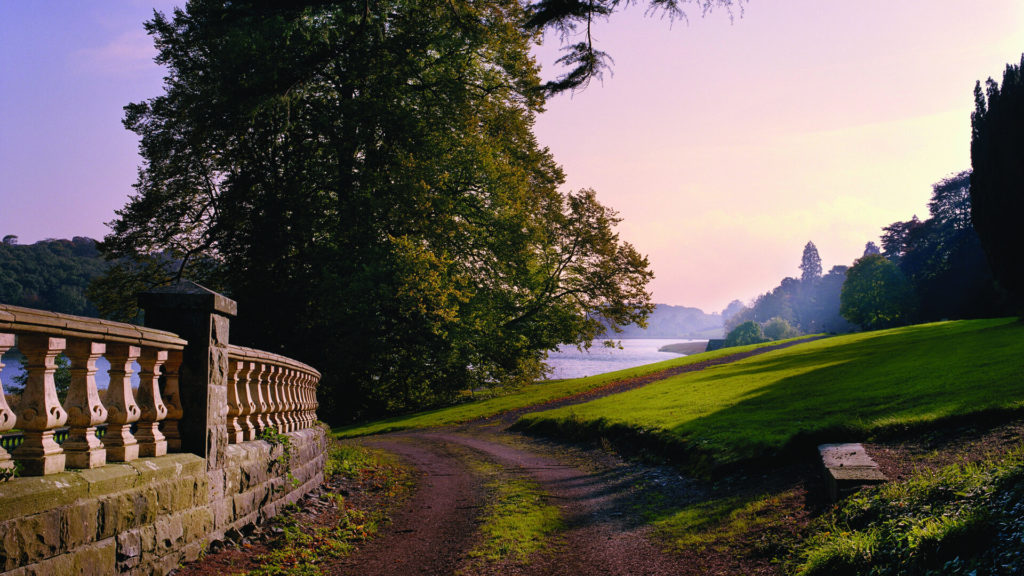
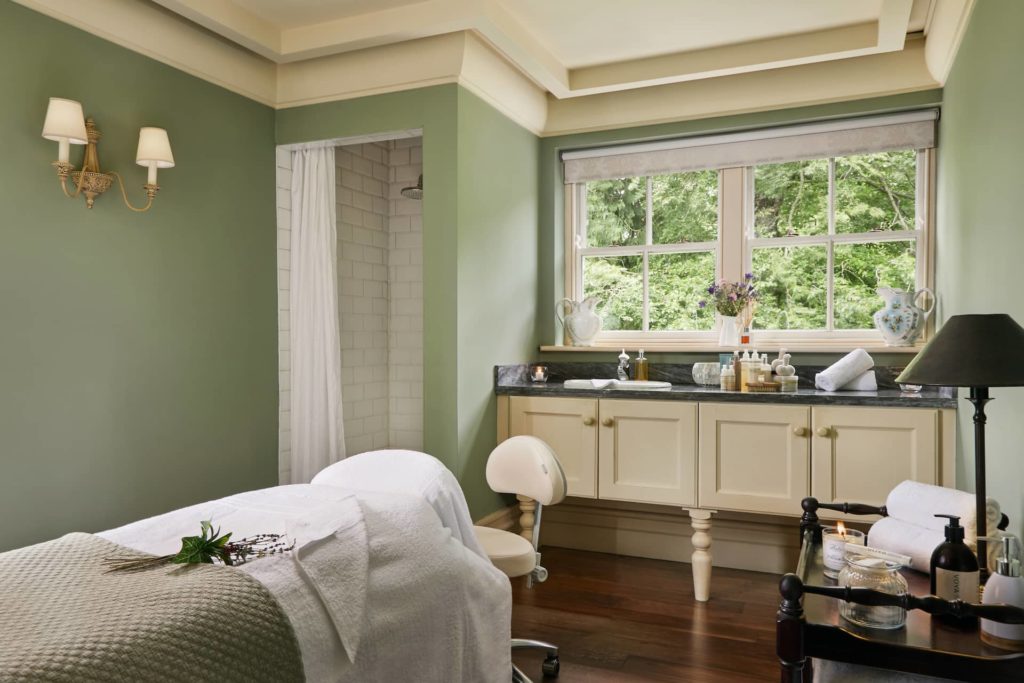

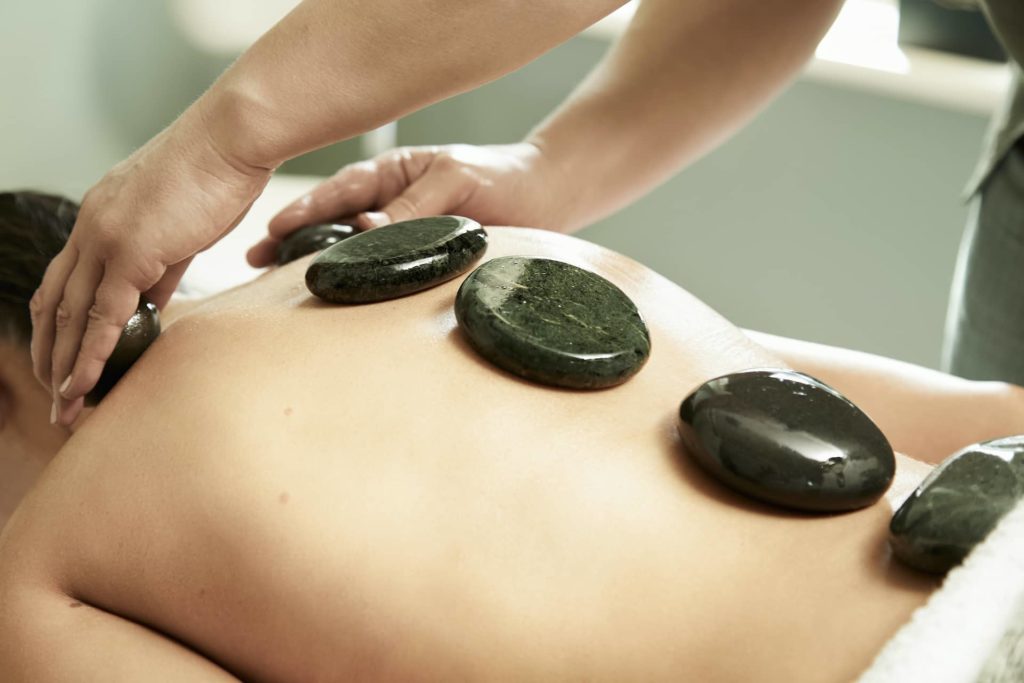
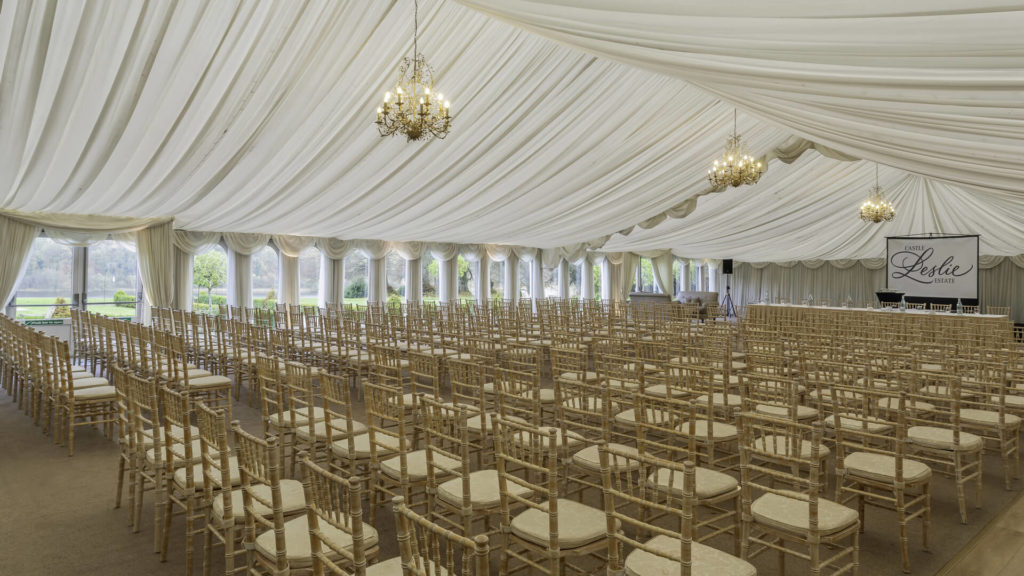

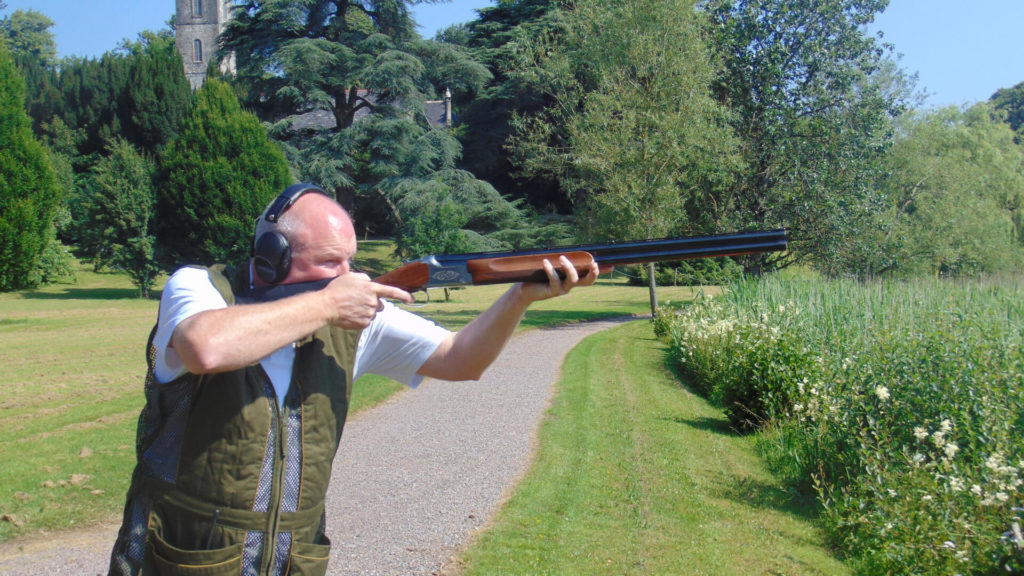



Recent Comments